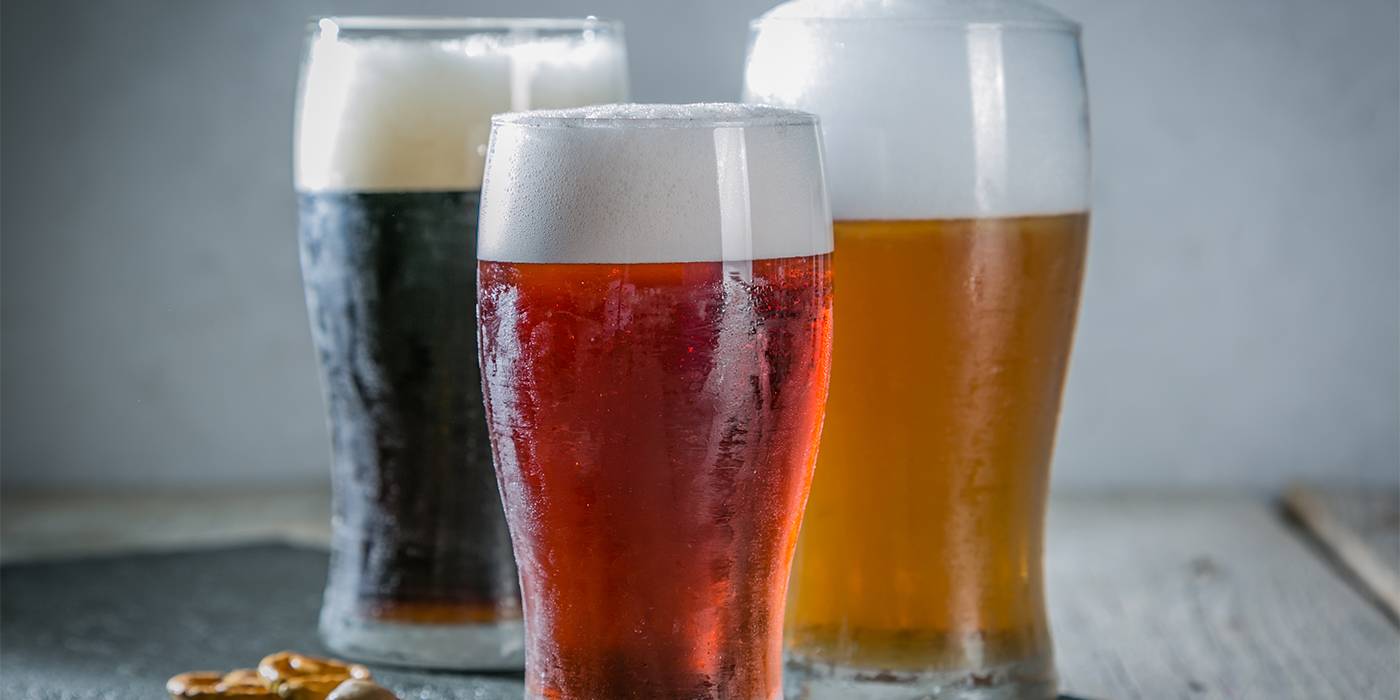Mild beers: find the one that’s right for you
Mild beers are perfect for those who don’t usually drink beer or for those who are looking for a milder and more palatable flavour. Discover them!

Julio Cerezo - Beer Sommelier
Director of Sabeer Beer Academy
When asking a person about their beer tastes, the words we hear most often are strong and mild. Both responses can give us an idea of what we might offer that person – or at least what we should avoid offering them. However, the broad range of meanings of both terms and the different contexts in which we can use them don’t help us much in pinpointing the right approach.
STRONG BEERS
A beer considered strong may be perceived as such by some due to its high alcohol content, by others for its intense bitterness, or even by some for its toasted or black colour. However, these attributes do not always go hand in hand. Many regular consumers of the typical golden lagers in our country are surprised when they try a darker Central European variety, such as German Schwarzbier. Despite having a similar alcohol content and body to the pale lagers they drink daily, Schwarzbier can have a flavour that is even somewhat sweet.
‘MILD’ BEERS
When it comes to mild beers, things get a bit more complicated, partly because the primary definition of ‘mild’ in the dictionary relates to tactile sensations (smooth, soft, without roughness) rather than taste. For example, an experienced brewer might describe an Imperial Stout – dark black, over 9% alcohol, and with a body so rich it feels almost chewy – as mild because it leaves a silky sensation on the palate rather than an astringent one. In contrast, most consumers might describe it as extremely strong.
However, if we consider what most people understand by mild beers, we’re talking about beers with a low sensory impact, whether in terms of aroma (moderate scent) or taste (low bitterness and body) and whose alcohol content doesn’t exceed about 5%. As mentioned earlier, a dark beer might initially be perceived as strong, but this can often be clarified with a brief explanation and a taste of the product.

Lager varieties widely distributed around the world undoubtedly fit this popular definition of mild beers. The American Budweiser (4.8%) and Mexico’s Corona (4.5%) are good examples with their low bitterness and low alcohol content.
The use of a percentage of rice in the American beer and corn in the Mexican beer, together with pale barley malts, lighten their body and make them easier to drink. Other examples already on our continent are the Belgian Stella Artois and the Spanish AK Damm (4.8%).
Another interesting group of mild beers, by this definition, could be German or Belgian wheat beers, as they generally meet most of these moderation parameters, especially in terms of low bitterness.
These are beers whose sensory balance is somewhere between sweetness and acidity, with bitterness playing a secondary role. Franziskaner Weissbier (5%) and Hoegaarden (4.9%) are good examples of this balance while providing a little more aroma and flavour on the palate, due to the fermentation with ale yeast and the use of wheat in the recipe.

Of course, all non-alcoholic beers also fall into this category of mild beers, as do radlers, which, thanks to their lemon soda combination, reduce the final alcohol content and moderate the bitterness of the beer with which they are made.
Cheers!
What do you think about?
Share comments, opinions and tricks with the Community







